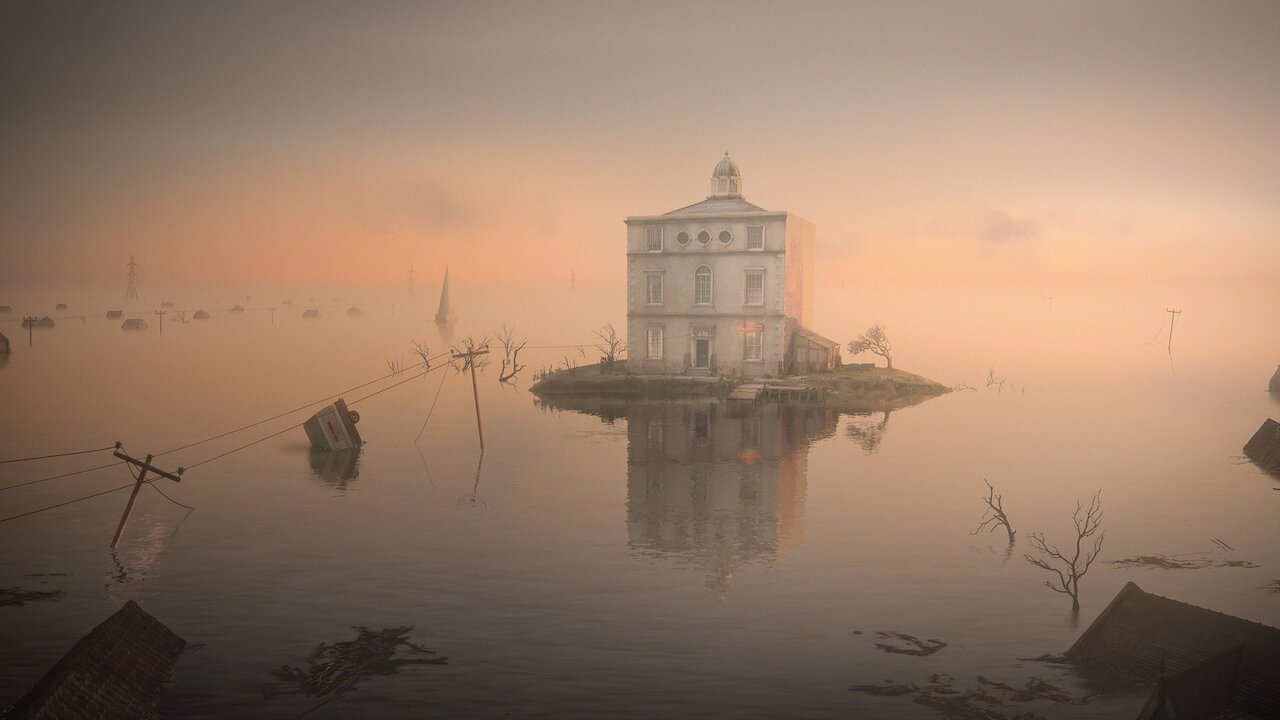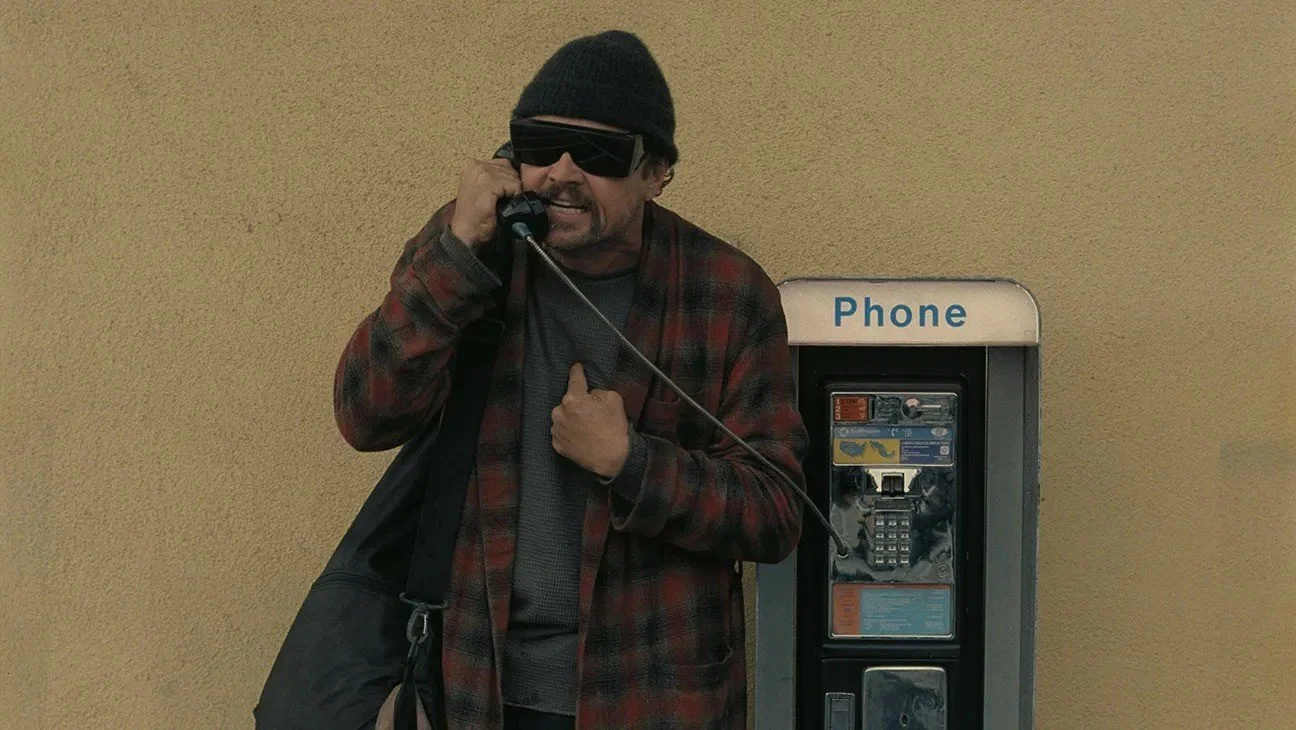Review: The House (2022)
The House, a stop-motion animated British anthology film currently streaming on Netflix, reminds us that all animation needn’t necessarily be targeted at children. The film is composed of three short stories about individuals obsessed and consumed by an imposing manor house; it’s the same house in all three segments, although its location and interior changes from segment to segment. As with all anthology films, not all three parts are equally good, but together, they offer an often chilling, occasionally amusing, and visually intricate story about what happens when the things you own start to own you.
The first segment, “I – And heard within, a lie is spun,” directed by Emma de Swaef and Marc James Roels, is a marvellous tale of mysterious forces consuming a 19th-century family after they move into a massive manor home at the invitation of a mysterious benefactor. We watch with trepidation as the family becomes obsessed and controlled by the ornate decorations of the home. Much of the story consists of characters wandering empty halls like Danny in The Shining and discovering new divisions of the home as it is rapidly expanded by a creepy construction crew working on order of the benefactor.
The figures and many props are made of soft felt material, creating a tactile nature that’s beautiful to look at—even fire is animated through balls of red and orange lint dancing in the fireplace—while also providing an uncanny otherworldliness that accentuates the dread of the storytelling. It’s as if 18th-century English woodcut drawings, known for their circular stylings, have been transformed into three dimensions. The tone is creepy and hushed and essentially a horror story, although without ghosts. In many ways, it recalls some of the creepiest and most otherworldly episodes of Adventure Time or Over the Garden Wall in how it plays on fairy tale and folklore storytelling and presents it for contemporary audiences.
The second segment, “II – Then lost is truth that can’t be won,” directed by Niki Lindroth von Bahr, pivots to excruciating cringe comedy horror as a hapless anthropomorphic rat in the present day attempts to flip the manor home, which he’s recently renovated. The use of anthropomorphic animals here recalls the stop-motion works of Wes Anderson or Henry Selick; gone is the tactile, haunting beauty of the first segment, replaced by more conventional stop-motion figures that are more stylized and grotesque. We watch the Developer (Jarvis Cocker) lose his grip on reality as he deals with mounting bank debts, insect infestations, and the presence of an odd couple (Yvonne Lombard and Sven Wollter) who express interest in the home during a viewing, but then won’t leave once it’s over. The absurdities of the Developer’s frustrations culminate in a musical sequence where a swarm of insects dance like they’re in a Busby Berkeley film. It’s an absurd sight and firmly balanced between disgust and hilarity. This visual flourish is the height of the story, while the rest is devoted to humour that is restrained and dry and awkward, similar to British cringe comedy from the likes of Ricky Gervais.
The final segment, “III – Listen again and seek the sun,” directed by Paloma Baeza, again pivots to an imagined future where more anthropomorphic animals, this time cats, live in the manor home amidst a flooded, almost post-apocalyptic, landscape. The landlord Rosa (Susan Wokoma) has high ambitions for the home and wants to kick out the current tenants, who aren’t paying rent, even as the flood levels rise and the future utility of the home is in question. While the first two segments show the dangers of monomaniacal devotion to a possession, this third segment shows a possible way out, as Rosa learns to deal with loss and move on from her impossible dreams of the future. It’s a rather slight story of self-actualization, but the lovely backdrop of misty, pastel sunsets and glittering waters makes it a rather beautiful one.
Taken altogether, the three segments chart a progression of possible reactions to material possessions and how they can trap us or liberate us. The transition from horror to frustration to catharsis lends an emotional arc to the entire film, making The House more-of-a-piece than the usual anthology film, even if the first segment is clearly the best. But even if all three segments of The House were as slight as the final one, the stop-motion animation would be enough to warrant viewing. It’s a fading art form and any film that imagines visual sequences as intricate and fascinating as the ones in The House will have a place in cinema, even if only as a counter to the charmless digital style that dominates animation today.
7 out of 10
The House (2022, United Kingdom)
Directed by Emma de Swaef and Marc James Roels, Niki Lindroth von Bahr, Paloma Baeza; written by Enda Walsh, from stories by Emma de Swaef and Marc James Roels, Niki Lindroth von Barh and Johannes Nyholm, and Paloma Baeza; starring Mia Goth, Claudie Blakley, Matthew Goode, Mark Heap, Miranda Richardson, Stephanie Cole, Jarvis Cocker, Will Sharpe, Paule Kaye, Susan Wokoma, Helena Bonham Carter.



Ben Leonberg’s Good Boy succeeds entirely due to its novel concept and the very good dog at its centre.